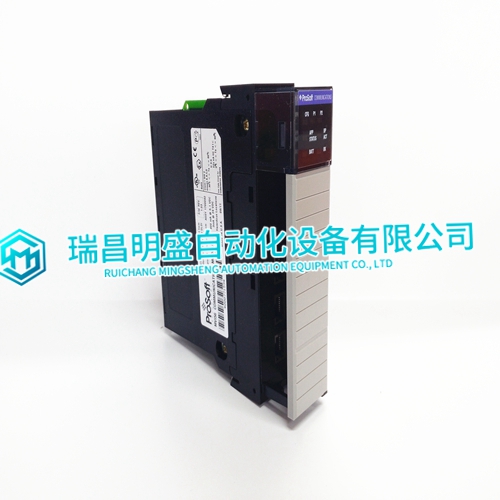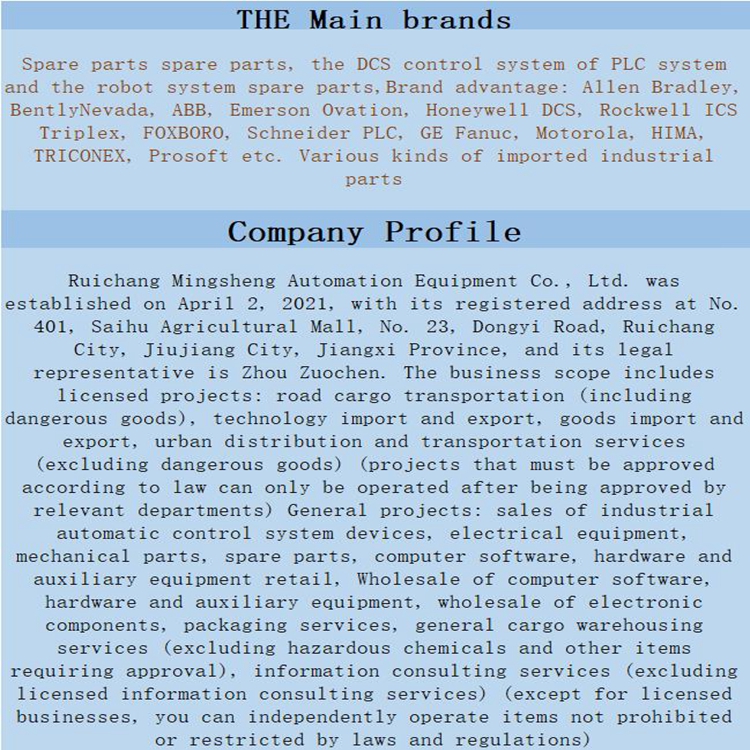Industry news
PROSOFT MVI56-MCM module configuration
PROSOFT MVI56-MCM module configuration
The trigger of the self-protecting mechanism is displayed by the red LED Ovl as long as the overload is present. In the PLC system an error message is then stored (FK4, error number 4). The following figure shows the connection of a 3-wire sensor powered by 24 V DC and of a 2-pole sensor powered electrically isolated. Both sensors work as active current sources 0...20 mA. It has to be taken into consideration, that in this application the M terminal of the basic unit is the reference potential. AGND1 is not dimensioned for carrying the sum of the sensor currents.
Measuring range 0...20 mA
(active-type sensors with external supply voltage) Input currents which exceed the measuring range cause an overflow error message. If the measured value is below the range, an underflow error message is generated. The input impedance is ca. 330 Ω. The current input has a self-protecting mechanism. If the input current gets too high, the shunt is switched off and the value for range overflow is generated. About every second, the unit tries to switch on the shunt again. In this way the correct measurement will succeed after the current has reached a normal value again.

Measuring ranges
±10 V / ±5 V / 0...10 V / 0...5 V as differential inputs Differential inputs are very useful, if analog sensors are used which are remotely non-isolated (e.g. the minus terminal is remotely earthed). Since the earthing potential is not exactly the same as AGND1, it has to be measured bipolar in order to compensate measuring errors. Additionally, in case of singlepole configuration, AGND1 would be connected directly to the remote earth potential. This would cause inadmissable (and possibly dangerous) earthing loops. In all configurations using differential inputs two adjacent analog inputs belong together (e.g. EW 6,00 and EW 6,01). The measured value is calculated by subtraction. The value of the channel with the lower address is subtracted from the value of the channel with the higher address. The converted measured value is available on the odd address (e.g. EW 6,01).
